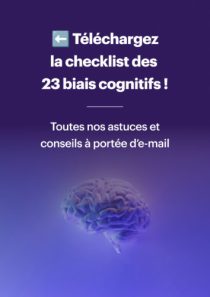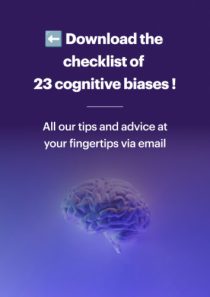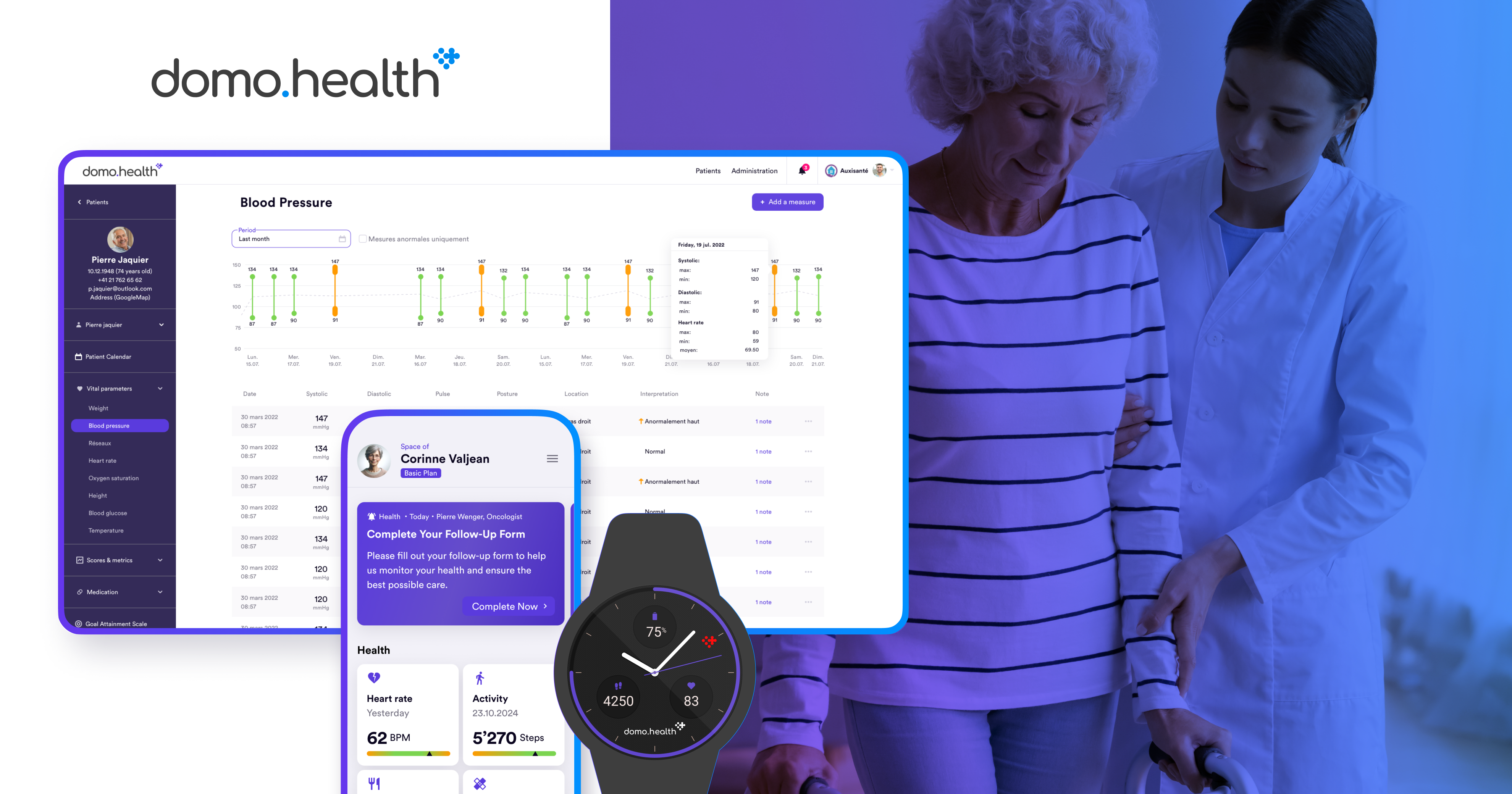
domo.health is a healthcare company that has developed, in just a few years, a unique digital health ecosystem in Switzerland. Their mission: to help you live healthily, in your own environment, for as long as possible.
The unified domo.health PRO platform effectively combines Artificial Intelligence (AI), the Internet of Things (IoT), and advanced patient management tools. The solution integrates real-world data (RWD) in real time and over time, collected from connected medical devices used at home, information entered by caregivers, as well as data provided directly by patients, caregivers, and clinical reports.
Developed in compliance with the IEC 62304 standard and ISO 13485 certification, this universal digital solution aims to improve the quality of care, optimise resources by automating administrative processes, and accelerate the development of new therapies.
The digital product ecosystem
domo.health PRO for healthcare professionals
domo.health PRO is a comprehensive digital solution designed for professional practitioners (care assistants, nurses) to enable effective patient monitoring at home, both medically and administratively. Accessible via web and mobile applications, the platform facilitates quick access to key information such as patient profiles, diagnoses, previous observations, visit schedules, and medication plans. Using generative artificial intelligence powered by Microsoft Azure OpenAI Service and hosted in Switzerland, domo.health PRO simplifies administrative tasks like documentation and multilingual communication.
By integrating multi-organisation management, the platform ensures structured and secure information sharing. It also enables efficient billing management through precise activity tracking, with direct integration to insurers for simplified reimbursement. By optimising care coordination, domo.health PRO allows care teams to save up to 10 minutes per visit, thereby promoting better organisation, personalised care, and a genuine improvement in the quality of care.
Beneficiaries and caregivers
domo.health PRO supports caregivers through an application specifically designed to simplify their daily lives. With an intuitive dashboard and centralized health data tracking, the platform greatly facilitates care-related tasks. It ensures optimal quality of care and improved collaboration between carers and medical teams. Automated activity monitoring and detailed reports enhance communication while guaranteeing accurate reimbursements, allowing carers to focus fully on what matters most: caring for their loved ones.
Their story
- 2018 – First mobile application dedicated to the safety of seniors at home
- 2020 – Complete redesign of the application in collaboration with our agency, for a better user experience (editor’s note: this project has since become our largest Designer As A Service project with over 2,000 hours of design)
- 2021 – Launch of the domo.go safety watch in collaboration with Samsung
- 2022 – Domo Safety becomes domo.health and focuses on home healthcare
- 2022 – domo.health and Roche launch a clinical study for remote patient monitoring
- 2024 – Commercial launch of the domo.health PRO digital health platform, after three years of development
- 2025 – After one year, more than 2,000 home care professionals use domo.health PRO daily

Digitalisation: a key lever to optimise resources in healthcare?
It is no secret that managing healthcare costs is a major challenge. In this context, digital technology has a role to play. Current technologies aim to reduce friction, optimise hospital processes, improve the quality of care, and promote collaboration between healthcare professionals. However, several challenges remain: interoperability (the ability of systems and devices to exchange data), user adoption, and the regulatory framework.
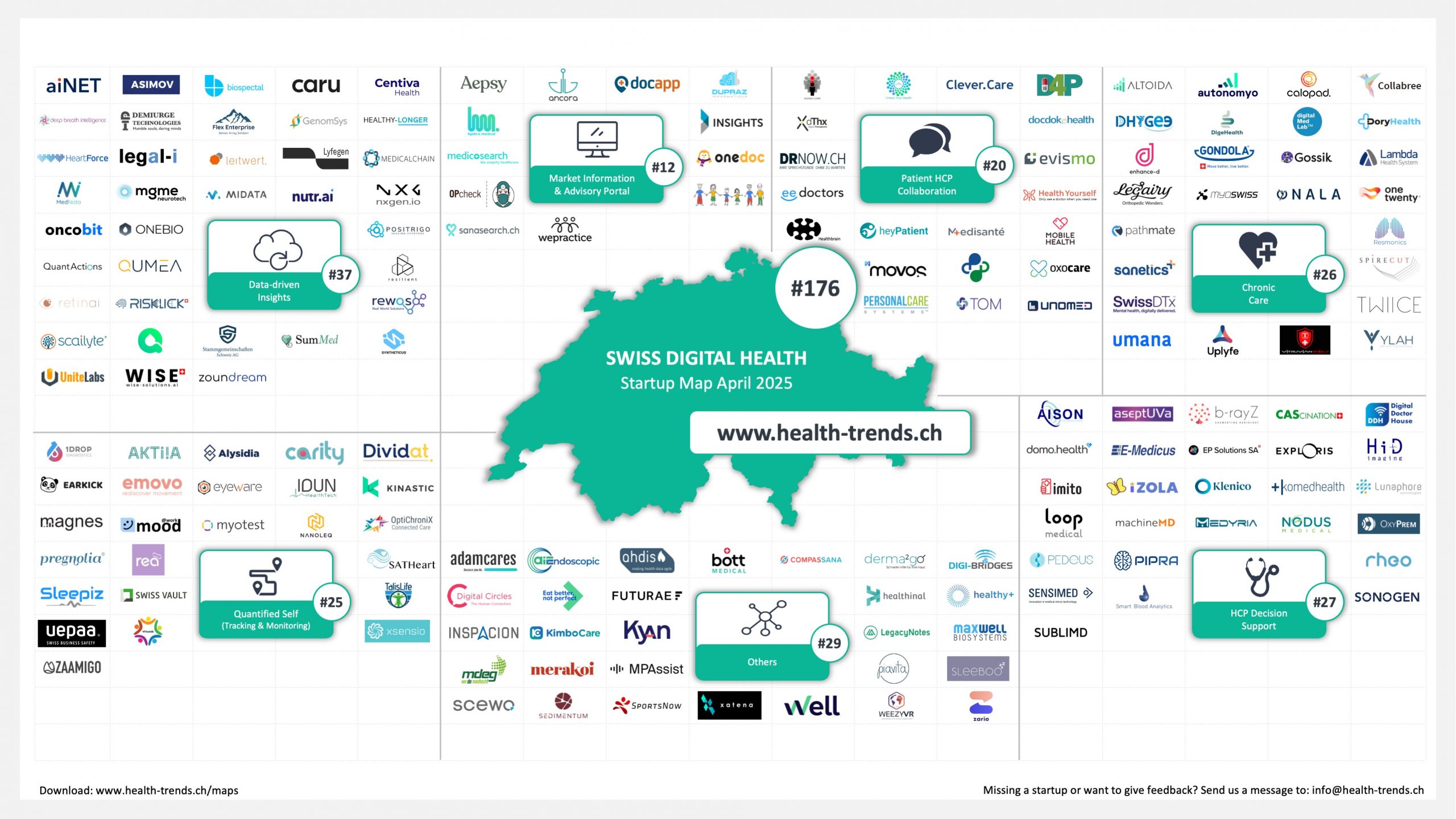
In Switzerland, each canton and institution has its own processes and infrastructures, which complicates interoperability and the standardisation of data management systems. This fragmentation makes coordination between stakeholders more complex. However, the desire for optimisation remains strong.
To succeed in this context, it is crucial to clearly define objectives, choose the right technologies, and raise awareness among all stakeholders about the benefits of these digital solutions.
An interesting and fairly comprehensive foundational article
https://www.adesso.ch/en/news/blog/digital-health-devices-how-successful-implementation-works.jsp
An overview of market trends and dynamics
https://www.health-trends.ch/maps/
Standards and interoperability
https://www.fmh.ch/fr/themes/ehealth/standards-et-interoperabilite.cfm
The IEC 62304 standard
Published for the first time in 2006, the IEC 62304 standard is an international standard specifically designed to govern the development and lifecycle of medical device software. It applies to any software with a medical purpose, whether integrated into a device, used on a computer, or offered as a mobile application. This standard aims to ensure the safety, reliability, and regulatory compliance of such software, which are critical factors in the medical field.
IEC 62304 is based on a classification of three safety levels (A, B, C), depending on the possible consequences of software failure. For example, Class A software poses no health risk, whereas Class C could result in serious injury or death. This classification guides the required rigor in risk management processes, traceability, and software maintenance.
Compliant with European medical device regulations, this standard requires the implementation of a structured process covering development, verification, and change management phases. Although it does not prescribe a specific methodology, it demands comprehensive documentation to demonstrate risk control and ensure approval during the regulatory audits necessary for device marketing.
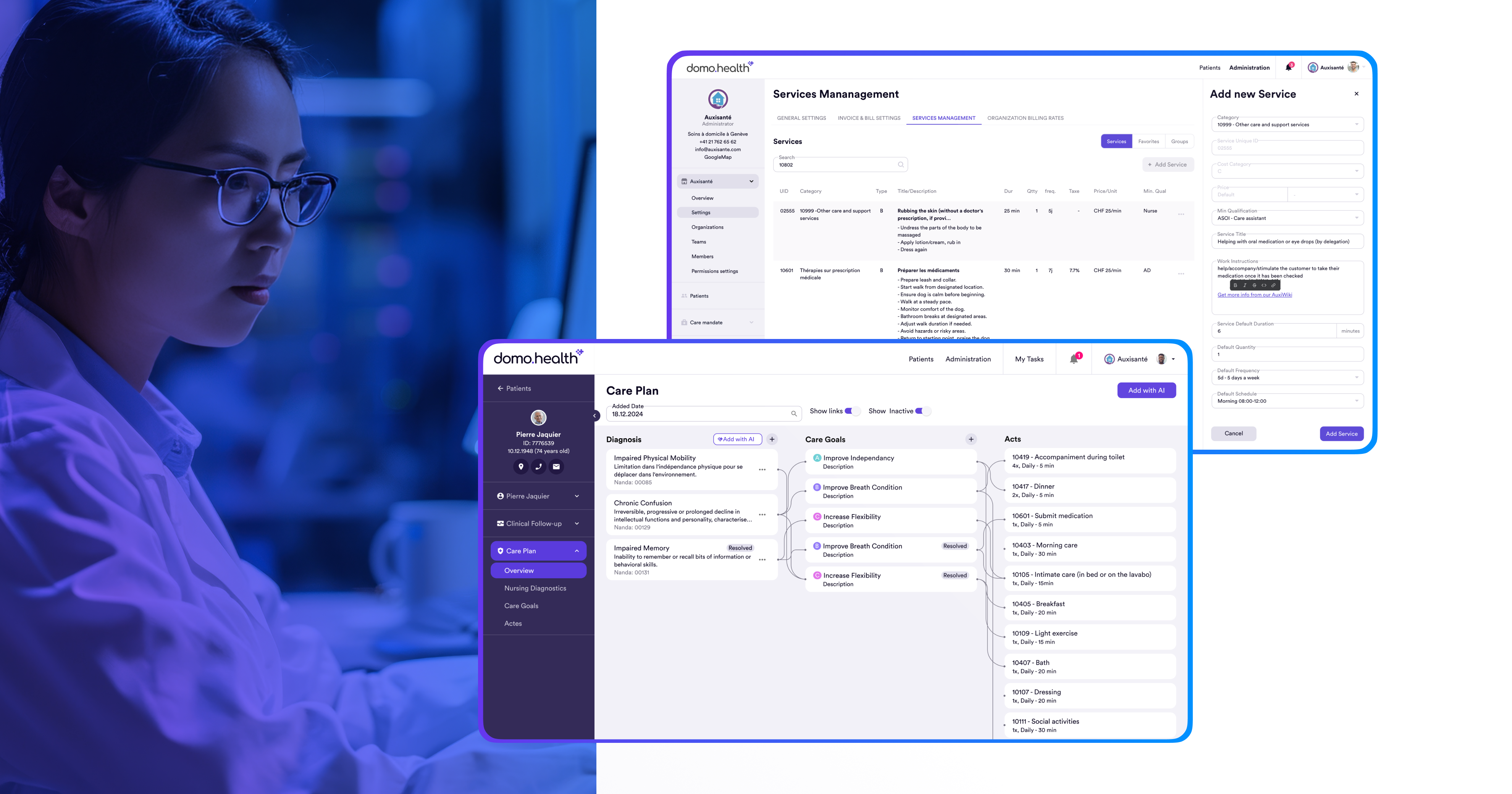
The largest “Designer As A Service” project in our history
domo.health represents the largest “Designer As A Service” project in our history, with several thousand hours of design completed to date. We have dedicated two case studies to it. In the second part, which you can discover by clicking on this link, you will find a non-exhaustive selection of the features developed for domo.health. This collaboration demonstrates our ability to understand complex practical needs (healthcare) and co-create customised user experiences (UX), while coordinating with their internal technical development teams.
This type of partnership presents a real challenge that we particularly enjoy. It is a collaborative and co-creative approach that requires excellent communication and rigorous support to meet business, regulatory, and technological challenges — all while ensuring sufficient fluidity between teams to meet deadlines.
Prioritising features: a strategic and pragmatic approach
The application integrates complex features, such as a medication plan linked to the Compendium, and must meet high requirements in terms of structure and business logic. To design a solution perfectly suited to field professionals, we conducted thorough research including interviews with caregivers, on-site observations, and an analysis of interactions between the various stakeholders.
Our primary role was to imagine the user experience (UX) and establish the foundations of a coherent design system. This was to ensure a consistent aesthetic over the long term, as well as an adaptable structure suitable for future adjustments. We also studied the state of the art of existing solutions and those used by the Home Care and Assistance Organisation (OSAD) in order to identify best practices and innovate appropriately.
- A robust design system : Developed to structure and harmonise creation, it serves as a reference for current and future developments, ensuring controlled evolution.
- Strategic support through a dedicated point of contact : This decision-making tool helps us prioritise features based on business needs, technical validations, and business opportunities.
- An iterative and pragmatic design process : We worked in short cycles, from concept creation and wireframing to prototyping and technical validations. Our assumptions and new processes were tested against real-world conditions through presentations of clickable prototypes, allowing us to refine solutions before implementation.
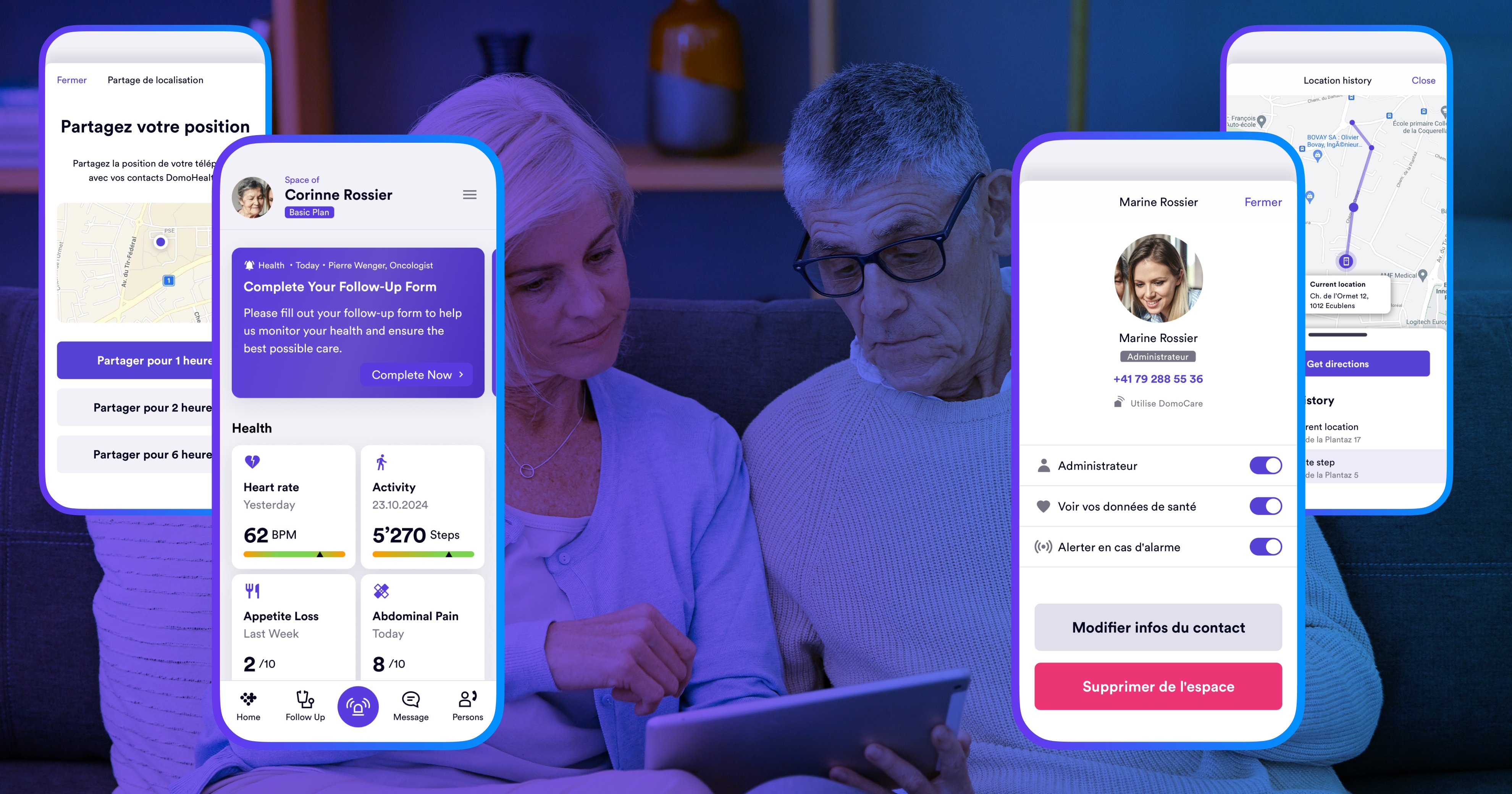
Navigating between cantonal specificities and a global vision
One of the major challenges is to meet specific cantonal requirements while ensuring the application is usable by a diverse range of stakeholders. In a fragmented medical market, the temptation to create hyper-specific features is strong but risky. We worked hand in hand with domo.health to make balanced choices, favouring a global and sustainable approach.
We ensured that design decisions were both suited to the target market and sufficiently flexible to accommodate future developments without limiting adoption potential. This approach was carried out in close collaboration with the Product Owner, technical teams, and sales teams to guarantee consistency between business requirements, technical feasibility, and client expectations.
A collaborative iterative process
To maintain a smooth pace and ensure the quality of deliverables, we adopted an iterative model based on:
- Collaborative workshops to merge our design expertise with the technical and business knowledge of internal teams.
- Successive validations to ensure each stage meets regulatory requirements and user needs.
- Openness to opportunities by incorporating flexibility that allows the client to seize business opportunities while respecting legal constraints.
- Continuous improvement through successive adjustments based on user feedback and field testing.
Thanks to this immersive approach, the interface and features of the application were tailor-made, with a detailed consideration of the daily challenges faced by various stakeholders: practitioners, resource planners, billing managers, cantonal offices, and doctors.
This structured, field-oriented collaboration enabled the development of an ergonomic, scalable platform adapted to the realities of the healthcare and social services sector.
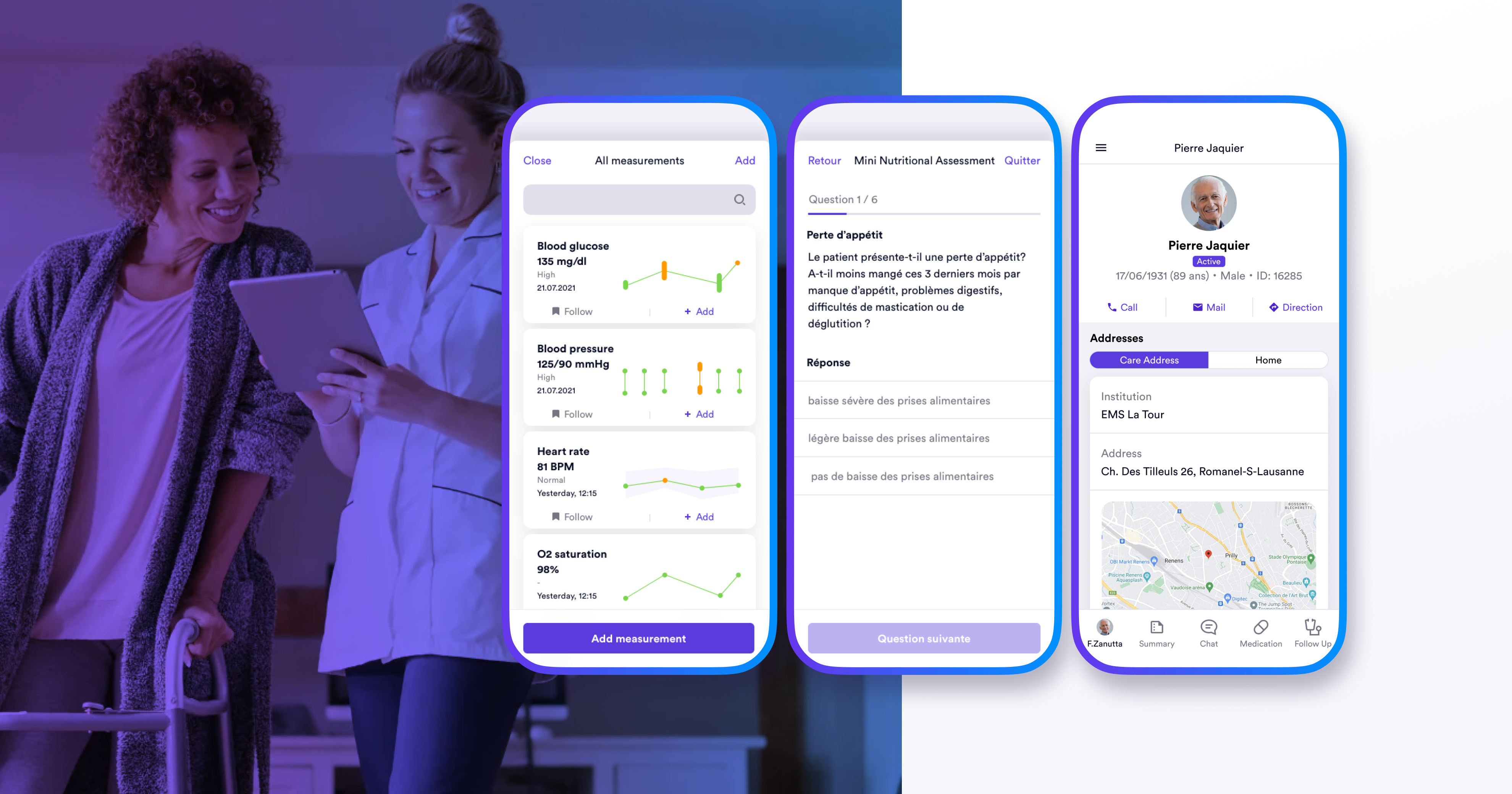
Why is this project emblematic?
With over 2,000 hours invested, this project exemplifies our commitment to providing structured and tailor-made support. It is a co-creation, iterative approach based on a desire for long-term collaboration as a strategic partner of choice. We ensure continuous development and appropriate responsiveness to new needs and changes. Although the technical development is “outsourced,” we play a key role in the product’s success thanks to our ability to:
- Anticipate upcoming challenges.
- Design an intuitive and tailored user experience.
- Provide structuring tools such as the design system to ensure the project’s consistency and scalability.
Ultimately, this type of collaboration highlights the added value of our Designer As A Service approach. We are not just designers, but strategic partners, providing clients with the solid foundations needed to transform their ambitions into concrete and lasting solutions. In the second part of the case study, you can discover a non-exhaustive list of features developed for domo.health. This article is illustrated with numerous screenshots of the platform dedicated to general management and the two applications designed for caregivers and patients/close relatives.
William Christen – Designer, User Experience and Interface at Apptitude (LinkedIn)“This project has been the greatest design challenge I have ever encountered, but also the most interesting and comprehensive. I have learned a tremendous amount about the field, and the collaboration with domo.health has been particularly productive, thanks to regular and constructive exchanges. We had to go through many doubts and reconsiderations to arrive at a suitable solution. The interviews with the various professional groups also helped highlight the existing frictions in their current systems and processes, guiding us towards concrete and useful improvements.”
Philipp Buluschek – CTO at domo-health (LinkedIn)“Working with Apptitude, and especially with William, is always a real pleasure. Their deep understanding of frontline needs, particularly those of healthcare staff, enables the design of user journeys that are both intuitive and effective on our digital health platform.”
Guillaume DuPasquier – CEO at domo.health (LinkedIn)“I particularly appreciate Apptitude’s ability — thank you Mikhaél — to commit alongside us on complex projects, whether within the framework of tenders or national and international health innovation initiatives. Their collaborative approach, driven by a clear vision and genuine commitment to quality, truly makes all the difference.”
William Christen – Designer, User Experience and Interface at Apptitude (LinkedIn)“It is difficult to claim we can address every challenge, but through iterative design, it is possible to reduce friction and continuously improve the solution. This approach allows for refining every detail and adapting the tool to the real needs of users. By gradually integrating advanced features, such as artificial intelligence, we can push even further the optimisation and effectiveness of the solution.”
William Christen – Designer, User Experience and Interface at Apptitude (LinkedIn)“Working closely with Philipp has been an enriching experience. Every exchange was marked by constructive collaboration, constant questioning, and a shared determination to arrive at a concrete and relevant solution to the challenges raised. This dynamic allowed us to refine every aspect of the project to best meet the users’ needs.”

